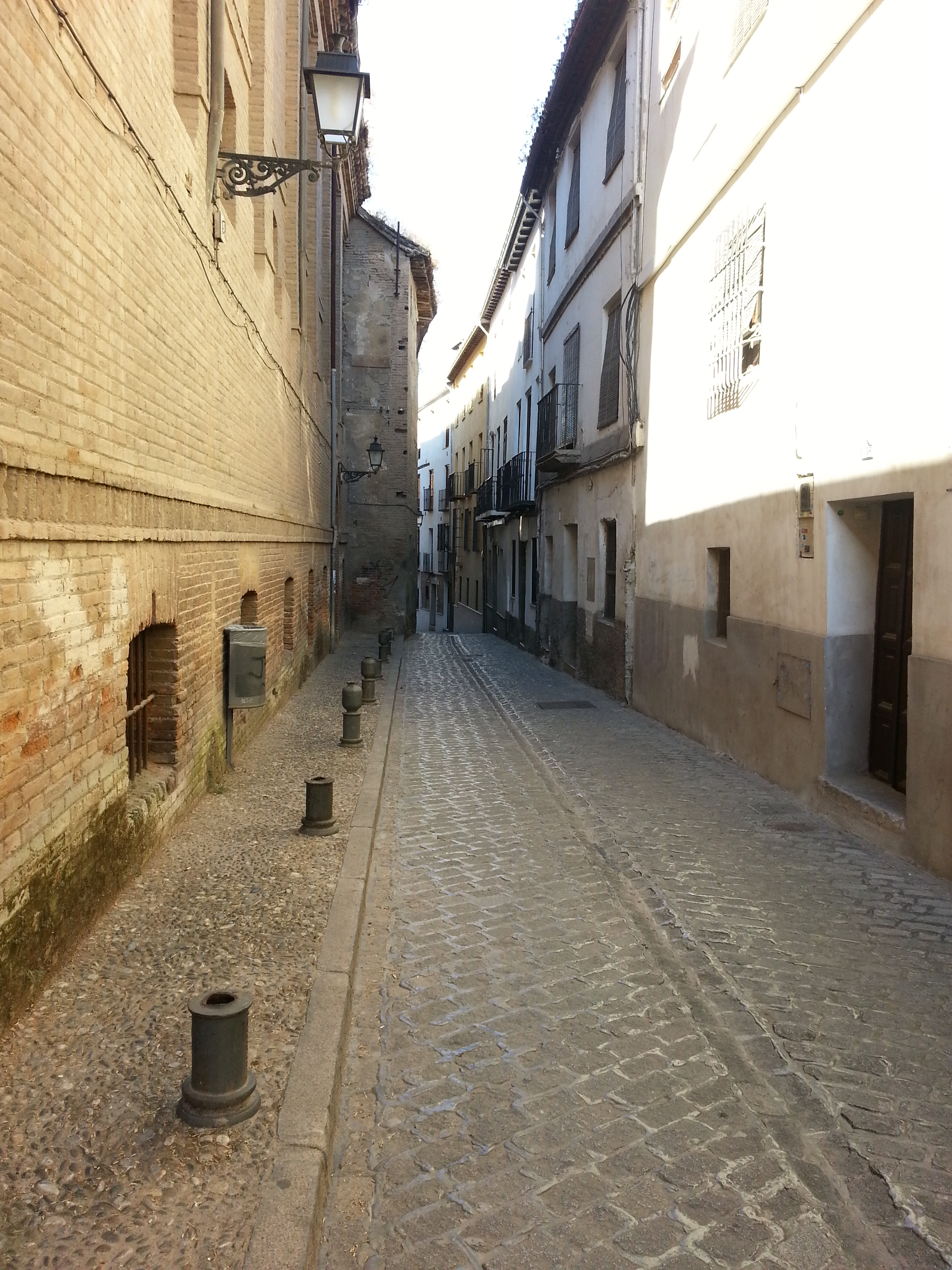Pedestrian-Friendly Cities
I like walking, and I like cities. As I write this post, I just got home from a nice walk in my hometown, in fact. This post is just a collection of some random ideas that I've had for ways to make cities more walkable.
I can't claim that the following ideas for pedestrian-friendly urban design are really original. Some are influenced by a book that I read when I was taking an Urban Planning class; it contained a great statement that, “the real lesson is that the design of new places should be modeled on old places that work”. These ideas are also influenced by observations I've had when walking around the historic centres of cities like Québec, Edinburgh, Glasgow, Madrid, and Granada. And Fredericton, too, of course.
- Sufficient Density—Having many potential destinations within a reasonable distance encourages walking. In my observations, high-rises aren't necessary to achieve a suitable density. Simply having 4 – 6 storey buildings (especially mixed use with retail/restaurants on the ground floor and office/residential space above) lining the sidewalks will basically do it. A land value tax is a mechanism used in Pennsylvania and elsewhere to discourage vacant lots and underutilized property (since it applies whether or not a piece of land is developped).
- Keep Parking out of the way—Big parking lots force buildings farther apart, increasing the distance that pedestrians have to travel. They make it difficult to achieve the density recommended in the previous point. Moving parking into structures, underground, or behind buildings (i.e. into the middle of blocks) solves this issue.
- Careful Gutter Design—When it rains, water drains to the gutters and eventually finds its way into the storm sewers via catch basins. Unfortunately for pedestrians, gutters lining the sidewalks make it easy to get splashed by passing cars during a rainstorm or snowmelt. Furthermore, catch basins are often located at intersections, creating puddles at the entrance to crosswalks while the drainage system does its work. This is a topic that could use more attention. Obviously water needs to be drained from the roads promptly, but alternative designs might help keep pedestrians drier and happier. For example, the photo below shows a street in Granada with the gutter running down the centre. Another possibility might be to have deeper gutters, but bridged with grates.
- Shortcuts—Infrastructure that helps shorten the distance which pedestrians must travel (such as walking bridges and pedestrian tunnels) makes walking more attractive.
